Ticks can be a nuisance, but there are several steps you can take to reduce their numbers. Ticks are vectors of several pathogens, and preventing their transmission can be beneficial to your pet and health. Tick control methods include insecticides and topical treatments. These options include dusts, sprays, and acaricide-impregnated collars. If you’re unsure of which option is best for your pet, speak to your veterinarian.
Ticks in the United States tend to be most active during the warmer months, from April to September. In warm climates, ticks often live near vegetation. In naturalized areas, ticks tend to stay close to the ground and breed in groups of up to 3,000 eggs. Ticks can live for many years if not treated. They are attracted to the blood of untreated pets and humans, and their eggs can remain in the skin of the host for up to six months.
One way to get rid of ticks is to control the environment. Make sure you keep your yard free of trash and debris. You should also remove invasive plants like Amur honeysuckle and multiflora rose. Avoid keeping tall grasses in your yard because they are ideal homes for ticks. Tall trees will provide shade and keep out the ticks.
Ticks can cause serious health consequences for people and pets. Lyme disease, Rocky Mountain spotted fever, and Anaplasmosis are all transmitted from tick bites. You can protect your family and pets from tick-borne illnesses by using products that kill ticks on contact. To prevent tick-borne disease, make sure to use repellents or clothing that is light-colored. Tick control for pets is especially important since pets can be carriers of the disease. Talk to your veterinarian about prevention measures for your pets.
Integrated pest management (IPM) is an approach to controlling tick populations that includes the use of pesticides and other tick control methods. These methods are used together with habitat-targeted devices and landscape management. The use of pesticides is considered a safe and effective way to control ticks. However, the use of pesticides should be done with care.
Ticks come in two main categories: hard bodied ticks (Ixodidae) and soft ticks (Argasidae). Hard ticks feed for extended periods of time on their hosts, typically from five to ten times their unfed weight. They feed on a variety of vertebrate hosts, including humans and livestock. They can transmit more than 100 different pathogenic agents.
Biological tick control is a significant challenge. However, new approaches to control tick populations are beginning to appear. Biological agents such as pathogenic fungi are effective against both adult and nymphal ticks. These agents are available in sprays and granular forms. However, there are still major limitations in the development of anti-tick vaccines. In particular, identifying the tick antigens is still a major scientific challenge.
Chemical acaricides are the most popular tick control products. However, these products are often used in combination with other methods to control tick populations. However, acaricides can cause acute toxicity in humans and livestock, and a number of species are resistant to these products. However, there are many alternatives to using chemical acaricides. For example, some people do not wish to use chemicals in their yards, but rather try an alternative method for controlling ticks.
The EPA collaborates with other federal and state agencies to combat the spread of tick-borne disease. The EPA’s Office of Pesticide Programs co-chairs the federal Tick-Borne Disease Integrated Pest Management (Tick-Borne Disease IPM) Workgroup. This group aims to increase coordination among various tick management agencies. Tick control programs must include a focus on the wildlife reservoirs of disease.
In some areas, tick control methods include bait boxes and deer feeding stations. Baiting stations are a viable option but should be used with caution. Crushing ticks with your hands increases their risk of regurgitation of blood, which increases the risk of disease transmission. Another option is to use tick tubes. These contain cotton balls treated with permethrin.
